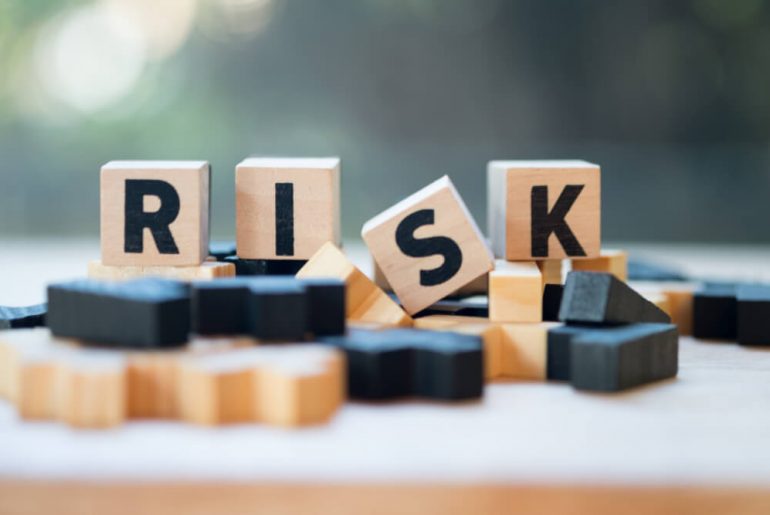There’s a belief that various financial markets—stocks, commodities, currencies—adhere to the same principles. If true, then strategies to enhance profitability would be universal. Enter the concept of “market risk modeling,” a staple in the stock market. Today, I’ll delve into what it entails, how it functions, and whether it’s beneficial for both novice and seasoned traders.

What’s It All About?
Every trader strives to boost profits and minimize losses, especially when the market throws curveballs. This unpredictability poses the primary risk, particularly in the foreign exchange market.
“Market risk modeling” has two interpretations. Firstly, it’s a scientific concept, referring to a suite of mathematical models crafted to foresee market shifts and assess risks for investment portfolios. Since the 1970s and 1980s, specialized departments in major financial entities—investment firms, pension funds, etc.—have honed these forecasting techniques.
The second interpretation pertains to the risks faced daily by ordinary traders, which I’ll focus on. So, how can traders model (i.e., calculate and predict) risks stemming from unpredictable market behavior?
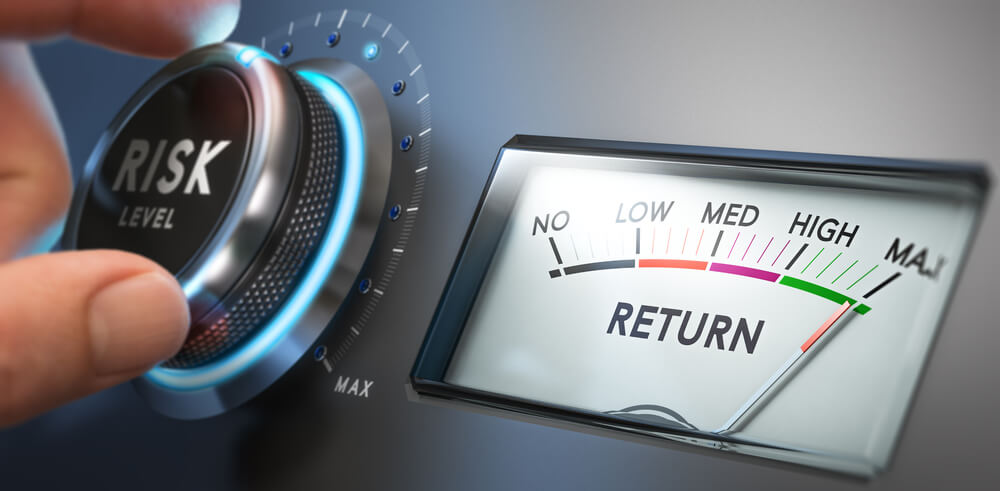
How Are Risks Realized?
The fundamental risk always lies in the market deviating from your forecasts. Should this occur, new risks emerge, varying in severity:
- Reduced profits or increased losses on a trade.
- Weekend gaps.
- Complete account depletion.
Thus, risk modeling methods, forecasting, and countermeasures should be categorized into general methods and those tied to these three scenarios.
General Methods of Market Risk Modeling
Common methods (i.e., those applied to the market as a whole) include quantitative analysis, stress testing, VaR, and machine learning.
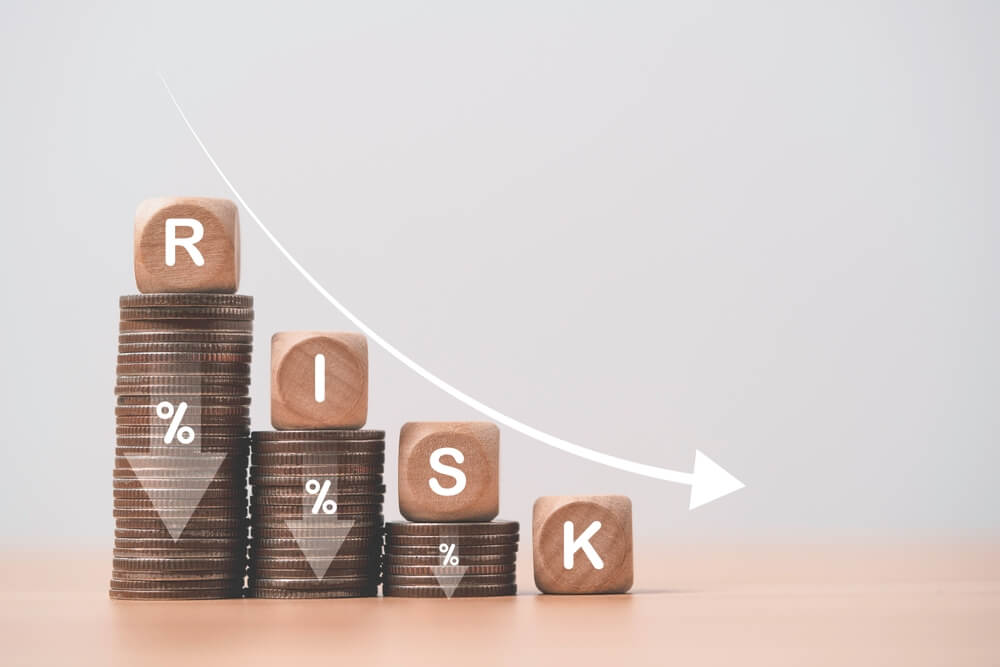
Quantitative Analysis
Here we talk about creating mathematical models that allow assessing the probability of market changes and their impact on your investment portfolio. Currency market traders receive invaluable help from technical indicators. By combining them within a chosen strategy, you can significantly safeguard yourself.
To eliminate too high a risk impact on your portfolio, you’ll need to do some calculations yourself. Aim to ensure that you risk per trade is no more than 2-5% of your total trading capital. Then, even a negative result will not significantly affect your overall trading.

Stress Testing
This involves testing your portfolio’s resilience under the worst market scenarios. This is also a form of quantitative modeling. Try to find the strongest gaps in the history of the currency pair you have chosen. This can be done by examining the chart on larger time frames.
Now calculate what would happen to your account if such a situation were to reoccur right now. Usually, this simple experiment gives novice traders the opportunity to never forget to set “stop-loss” and “take-profit” orders.
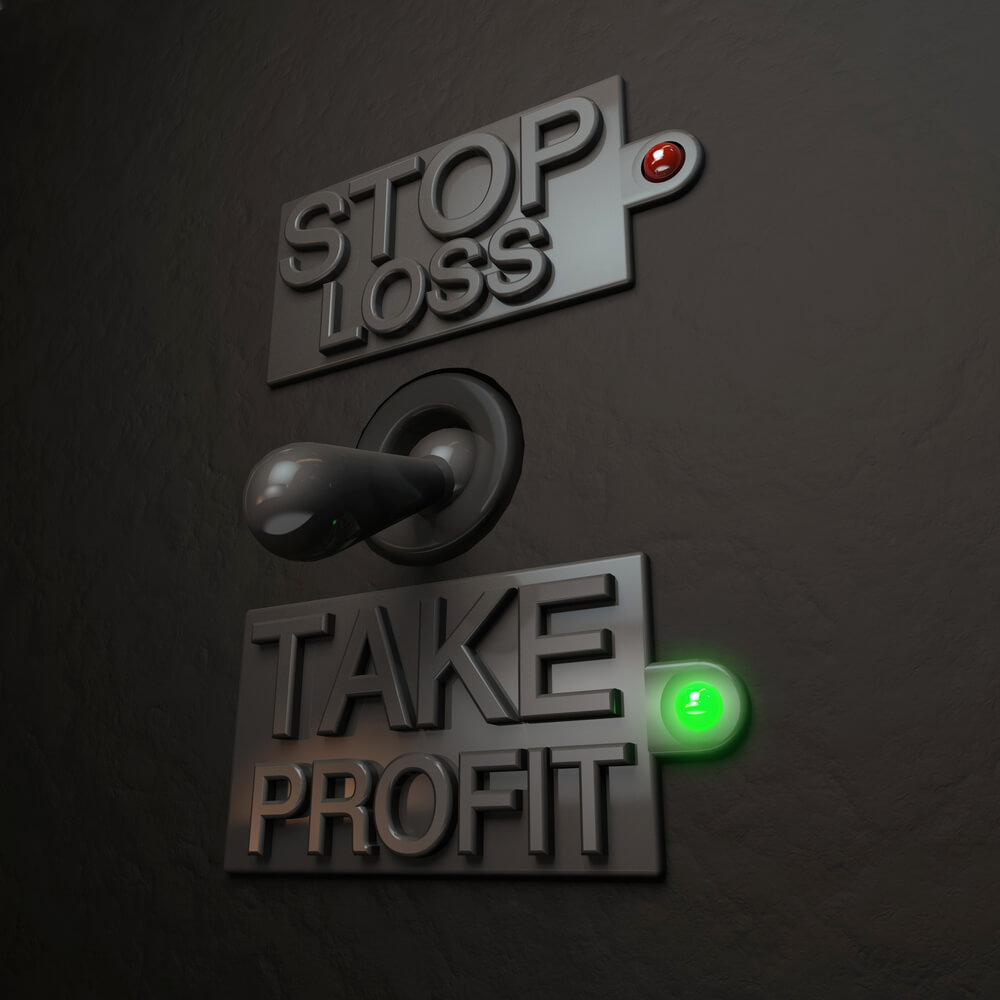
VaR (Value at Risk)
VaR (Value at Risk) is an assessment of the maximum potential losses in the portfolio over a certain period with a given probability. Essentially, it’s a variation of the previous point. The difference is that here you calculate not the maximum risk, but the one you choose yourself. The control method remains the same — setting protective orders.

Machine Learning
Artificial intelligence algorithms are increasingly utilized to enhance prediction accuracy and strategy effectiveness. In my recent articles (1 and 2), I delved into this topic extensively. Here, I’ll emphasize the importance of considering various factors when configuring AI systems, such as chart history, volatility level, and seasonality.
After covering general modeling methods, let’s focus on those that address the three risk categories outlined earlier.
Reduced Profits and Increased Losses
It’s crucial to understand the nature of trading. Your aim isn’t to win big once and exit as a champion. Instead, it’s about consistently generating profits over the long term. The most effective way to counterbalance an unsuccessful trade is through successful ones. Diversify your portfolio by trading across different currency pairs and evaluate results not on a per-trade basis but over a period, like a quarter. This approach provides an objective assessment of your trading performance.
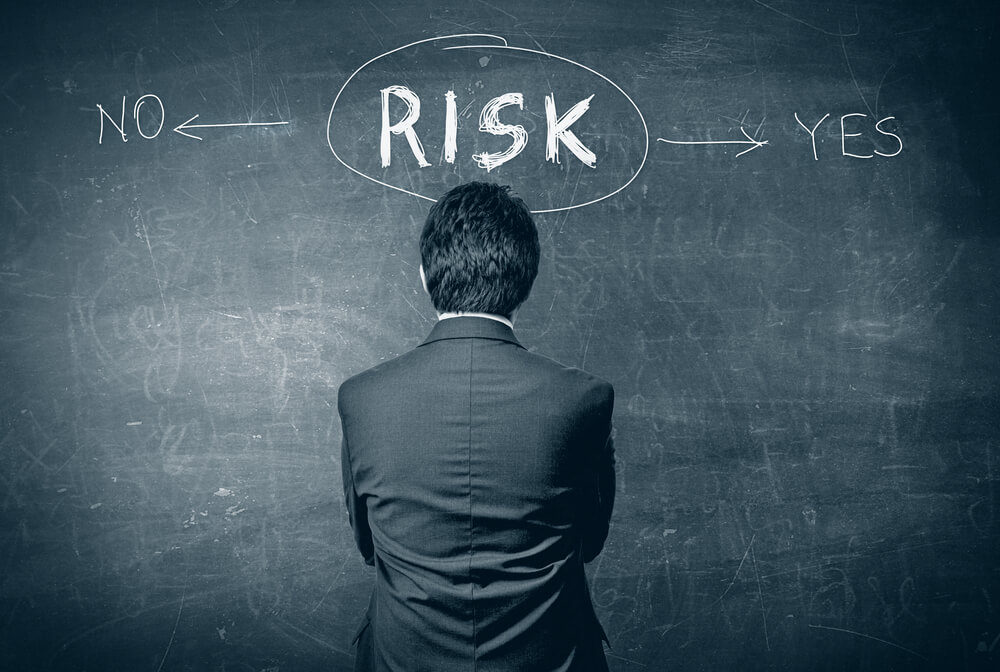
Weekend Gaps
It’s a common scenario: you leave a trade open on Friday evening, only to find the pair trading at vastly different values come Monday. This phenomenon is known as a “gap”—a sudden shift in exchange rates. These gaps emerge when significant events unfold over the weekend, influencing exchange rates. To steer clear of such surprises, aim to close all trades before the week draws to a close. Keep in mind—no one can predict fundamental news releases with 100% accuracy.
Complete Account Depletion
This is a risk that experienced traders rarely deal with. But since some of my readers may be beginners, I’ll reiterate the most crucial advice to conclude the article. Always utilize “stop-loss” and “take-profit” orders. This straightforward yet effective method is essential for mitigating the risks posed by an unpredictable market, ensuring a safety net for your investments.

In summary, to succeed in trading, follow these four main rules.
- Use risk modeling.
- Study technical analysis methods.
- Keep an eye on changes in fundamental factors.
- Make sure you set protective orders for each trade.

